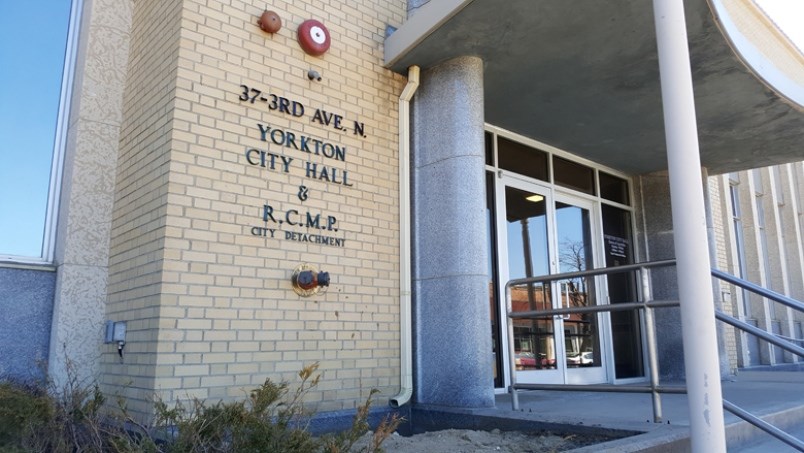At the most recent regular meeting of Yorkton council, Amber Matechuk, city controller, and Brittney Maddaford, with Baker Tilly, gave a report on the audited financials of the city.
The numbers are very positive in terms of how the city is faring financially.
Two things in particular stand out in that regard.
Firstly, the city has flexibility in terms of debt load.
Matechuk noted, “the City’s debt limit as prescribed by the Sask Municipal Board is $42 million.”
She added that at present, total external debt sits at $2,306,367.
Of course, there is a caveat of sorts too.
“This leaves the city with approximately $39.7 million of debt available as of Dec. 31, 2024. However; given that the city obtained new debt financing in 2025 for the York Road project, in the amount of $11.36 million, the City’s updated available debt limit in 2025 is $28.3 million,” explained Matechuk.
That doesn’t take into consideration that on the not-too-distant horizon will be a new sewage treatment plant, which will cost millions, and one day the city may have to ante up significant dollars for a new hospital if that project is ever green-lit by the province. Both will add to the city’s debt load in a major way — but that is a known factor and at least down the road.
The city continues to have a rainy-day fund as well, which Matechuk noted grew significantly in 2024 due to the large $1.6-million operating surplus. As of Dec. 31, the balance in the rainy-day fund is $3,425,149.
That sounds like a lot of money, but in terms of what it could actually do — how much street paving, for example — it isn’t a massive amount.
It is, however, a nice cushion for the city to have.
It allows council to consider non-budgeted spending on positive projects that pop up from time to time, or to sit in the account to help the city deal with an emergency situation should it arise — two significant floods and COVID come to mind in the not-too-distant past as examples.
Of course, the other shoe for the city’s financials remains a massive infrastructure renewal deficit.
The city has been inching up spending on the capital side in an attempt to play some catch-up, but progress is slow in large part because the cost of renewal projects — paving, sidewalks, new water lines, etc. — continues to climb. A dollar invested today does not go as far as it did a decade ago. That makes gaining on renewal a challenge regardless of how good the city’s financials are.
Still, the overall report shows the city is doing a solid job of taking care of the dollars and cents, and that property taxes, as much as we might not like the rate, are being managed in a positive fashion.

.JPG;w=120;h=80;mode=crop)




